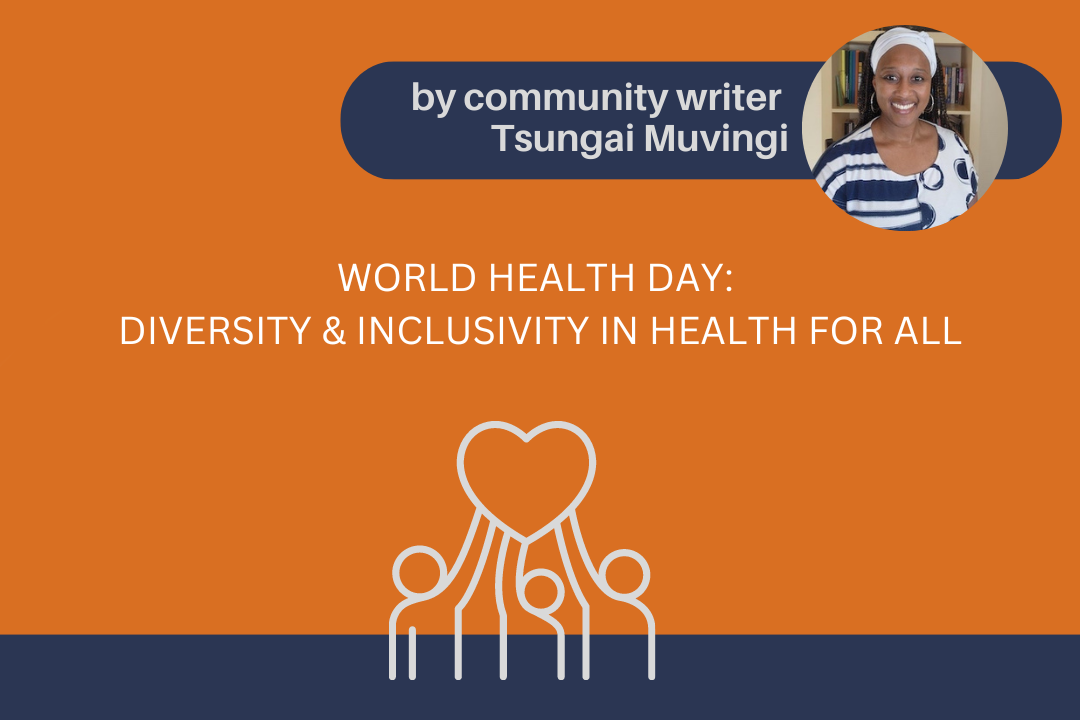Several years ago, after falling down a set of stairs and bruising her tailbone, Sarah was referred for physiotherapy. While attending a session, Sarah struggled to follow through on some of the movements as directed. After a few minutes, the physiotherapist in frustration said out loud, “I don’t think I can help you. Your physiology will not allow for you to complete these movements.” This was said about Sarah’s inability to lay completely flat on her back because of the arch her backside naturally created.
Both unconscious and systemic biases were at play creating barriers to health and wellness.
Sarah left in tears and frustration. She never returned to complete physiotherapy. Being an immigrant, she assumed that no physiotherapist could help her because her “physiology” was the problem, something she couldn’t change.
Health For All cannot be achieved in a vacuum. It takes continued education and all of humanity working together to build healthy communities that inspire:
- Diversity and inclusion.
- Innovation and positive progress.
- A planet worth passing down to future generations.
Health is both social and economic.
When we review data across Canada, cultural communities lag far behind other groups. This in turn impacts their ability to thrive and reinvest in the communities they live in.
For example, parents working double shifts in underpaid and potentially hazardous jobs lack both adequate time and energy to spend with their families, which is an integral part of their lives and well-being. Questions such as, “How creative and learning-focused can children from immigrant households with limited healthcare access be?” need to be asked. After all, these potentially are our future astronauts, physician-scientists, artists, community leaders, architects, and stay-at-home parents.
Eleanor Brown states “Self-care is not selfish. You cannot serve from an empty vessel.” And so, as we celebrate the many achievements over the last 75 years, let’s also remember to advocate for more inclusive practices, policies, and education that will close the gap between our diverse communities and future generations.



